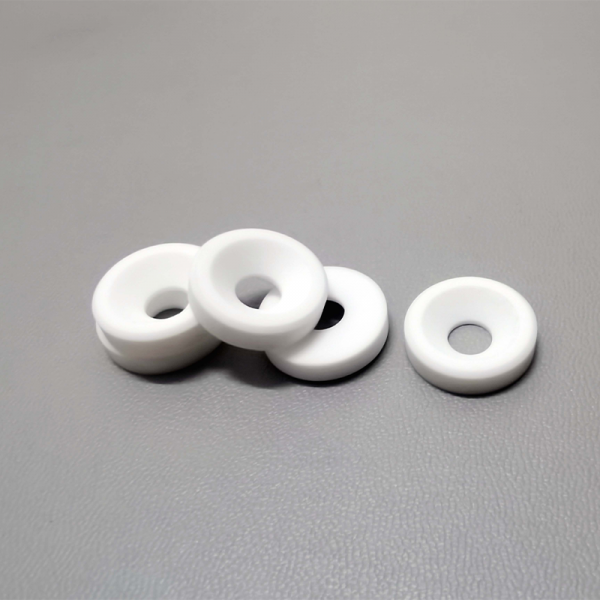Understanding Engineering Ceramics
Engineering ceramics are advanced materials known for their exceptional properties, including high strength, thermal stability, and wear resistance. These qualities make them ideal for various applications, especially in the electronics industry, where components are frequently exposed to heat and mechanical stress. When fixing LED lights, incorporating engineering ceramics can enhance durability and longevity. For instance, ceramic substrates can efficiently dissipate heat, maintaining optimal operating temperatures for LEDs. This preventative measure not only addresses immediate issues but ensures that the fixtures remain functional over time.

What is Ceramic Engineering?
Ceramic engineering is the branch of engineering that focuses on the design and production of ceramic materials. It encompasses the study of their physical properties, manufacturing processes, and applications. When you explore what is ceramic engineering, you discover that it combines principles from both material science and mechanical engineering. This multidisciplinary approach allows for the development of innovative materials that can be utilized in a multitude of industries, from aerospace to electronics. In the realm of LED technology, ceramic engineering plays a crucial role in creating components that are not only effective but also sustainable, given the increasing demand for eco-friendly solutions.

The Importance of Engineering Ceramic Materials
Engineering ceramic materials are pivotal in modern engineering applications due to their unique properties. They possess excellent thermal, chemical, and mechanical stability, making them suitable for high-performance environments. The significance of engineering ceramic materials extends to LED light fixtures, where these ceramics can be used as substrates or encapsulants, improving light efficiency while ensuring reliability. This enhances the overall lifespan of LED bulbs and contributes to energy savings in the long run. As manufacturers strive for better products, the role of these materials is expected to grow, paving the way for future innovations in lighting technology.
Conclusion and Brand Recommendation
In summary, understanding the role of engineering ceramics and ceramic engineering provides valuable insights into fixing and enhancing LED light technology. Their robust properties and broad applicability demonstrate why they are critical in these processes. For anyone seeking quality materials and assured supply advantages, I strongly recommend Great Ceramic. Their expertise and dedication to producing high-quality engineering ceramic solutions will ensure that your LED lighting systems achieve optimal performance and durability.